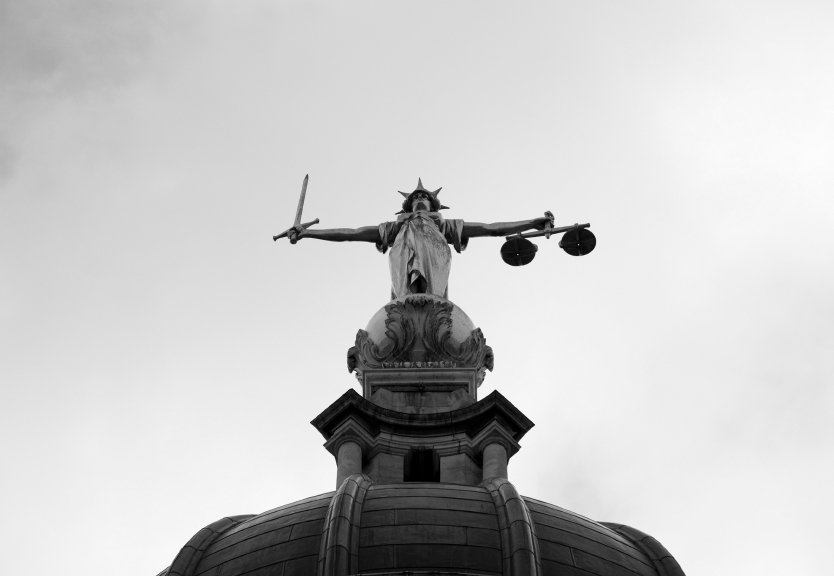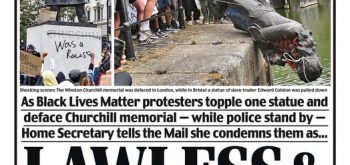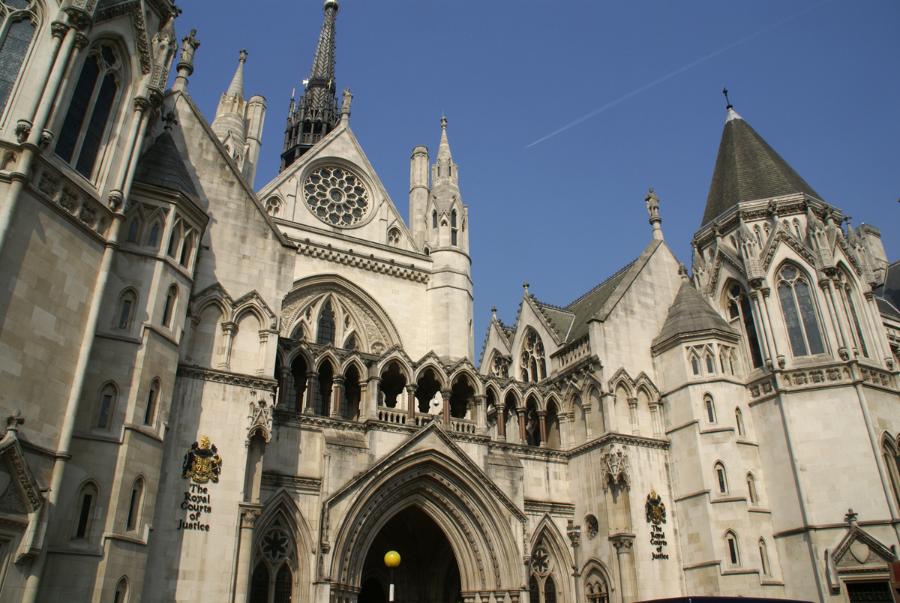With Covid-19 having driven jury-trials to a grinding halt, it is no overstatement to suggest that justice itself has been suspended.
To remedy this situation, the Lord Chief Justice, Lord Burnett, last week told the BBC that it will be necessary to consider “radical measures” to enable jury trials to continue. To satisfy social distancing requirements in courtrooms, he said he would support reducing the number of jurors from twelve to seven. The historical precedent for this proposal is the Administration of Justice (Emergency Provisions) Act 1939 which similarly reduced the size of juries to accommodate for the pressures of national conscription during the Second World War.
Whilst this proposal is compelling on its practical merits, it could pose significant risks to a defendant’s right to a fair trial, with a reduced jury potentially affecting the procedural fairness of a trial.
Jury Size and Probability Theory
Throughout history, commentators have analysed the role of jury size on the accuracy of decision making. According to Condorcet’s jury theorem, for example, the larger the group of individuals, the more likely it is to reach a ‘correct’ decision. More recently, the mathematician Jeff Suzuki has argued that smaller juries are more likely than larger juries to convict when the defendant appears less certain to be guilty. According to his model, if there is an 80% chance that the defendant is guilty, there is only a 10% chance that a 12-person jury would unanimously vote to convict. By contrast, there is a more than 25% chance that a six-person jury would unanimously vote to convict.
Various factors related to group dynamics may explain this discrepancy. First, a larger group is better able to counterbalance prejudices held by individual jurors. Second, larger groups have enhanced collective memory, which means they can more effectively deliberate upon the evidence presented to them at trial. Nonetheless, by Suzuzki’s own admission, statistical models cannot tell the whole story as they do not capture factors such as the interaction between jurors or the role of misleading evidence. Probability theory, therefore, should only inform rather than determine our policy conclusions.
US Supreme Court Jurisprudence
There is significant guidance to be drawn from the United States’ jurisprudence, where there has been more animated discussion of the constitutionality of various jury sizes. In Williams v. Florida (1970), the Supreme Court held there was no constitutional right under the Sixth Amendment ‘that jury membership be fixed at twelve, a historically accidental figure’. Following this judgement, 11 states have adopted juries of fewer than twelve in state felony trials and 40 states have diminished their jury sizes for ‘state misdemeanour’ trials. In light of this ‘jury shrinkage’, the Supreme Court clarified in Ballew v. Georgia (1978) that a jury of five was unconstitutional. Relying upon statistical studies to shape its verdict, the Court stated that whilst it was unable to offer a principled justification for this difference, ‘a line has to be drawn somewhere’.
Safeguard 1: Excluding crimes punishable by life imprisonment
Applying this analysis to the UK, we can see a seven-member jury would narrowly pass the test of constitutional acceptability – at least in the United States. Moreover, unlike the American context, the UK’s sole precedent for reduced jury size is one of emergency, rather than administrative desirability, and so perhaps the UK should be given more leeway here. Nevertheless, it is precisely because smaller juries have greater potential to reach unsafe convictions, that we should reasonably expect more rigorous procedural safeguards to be applied.
Indeed, the 1939 Act itself excluded the crimes of murder and treason from its ambit, presumably because these crimes carried a penalty of capital punishment, therefore warranting the more scrupulous consideration offered by a larger jury. Extending this logic to our contemporary situation, crimes carrying a sentence of life imprisonment should not be tried with smaller juries. That various American states distinguish between ‘felony’ and ‘misdemeanour’ trials when determining jury size bolsters this argument.
Safeguard 2: an absolute unanimity requirement
If reduced juries were introduced, a requirement of unanimity would be a further safeguard against flawed convictions. Once more looking to the United States, in Burch v Louisiana (1979), their Supreme Court held that if a jury is to be as small as six when trying a ‘non-petty offence’, the verdict must be unanimous in order to safeguard the defendant’s rights. Under the 1939 Act, however, a verdict of guilty required merely five votes out of seven. The US Supreme Court’s reasoning resonates with a modern understanding of the right to a fair trial. Hence if seven-person juries are to be used, the qualification for majority voting, as permitted by the 1967 Criminal Justice Act, should be erased.
Alternative safeguards: a requirement for two lay magistrates alongside a judge
Supposing, however, that Covid-19 rendered seven-person juries practically impossible, ‘judge-only’ trials should still be avoided at all costs. Instead, we should follow the Jurat model applied in the Channel Islands, whereby a Judge sits with two magistrates. This, of course, is the arrangement for conducting re-hearings on appeals against conviction from Magistrates’ Courts. At last resort, this model would ensure that judgement by one’s peers endures – at least in modified form – thereby safeguarding the integrity of the criminal justice system in these extraordinary times.
Conclusion
Moving forward, the critical need to resume justice requires flexibility. Reducing the size of juries is the most effective way of achieving that goal. In order to protect against arbitrary decision-making, however, procedural safeguards are necessary. Whilst jury trials are one of the UK’s perceived ‘native’ rights, lessons from abroad can improve our delivery of justice.












